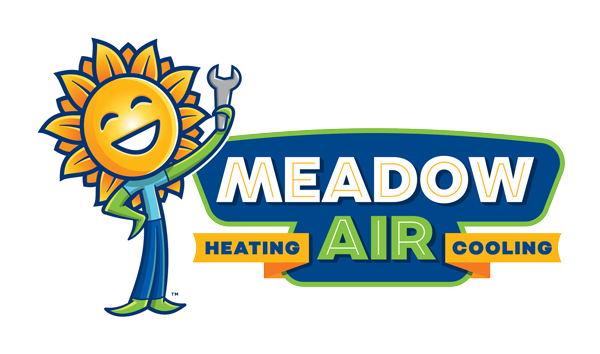6 Causes of Poor Indoor Air Quality
When you hear about air pollution, what comes to mind? You probably picture smokestacks, wildfire smoke, or traffic jams. However, indoor air pollution can be just as bad, if not worse, than the pollution you face outdoors.
In fact, the Environmental Protection Agency (EPA) estimates that indoor air pollution levels tend to be two to five times more concentrated than outdoor pollution. In some cases, indoor air is 100 times worse than outdoor air! Since the average American spends about 90 percent of their time indoors, it’s clear you need to prioritize improving your indoor air quality.
The first step is to identify sources of indoor air pollution. After all, you can’t clean up the air unless you know where the problem is coming from. Here are six common causes of poor indoor air quality every Buckeye homeowner should know.
- Combustion byproducts: Gas-fired ranges, ovens, water heaters, furnaces, and fireplaces are all examples of combustion appliances. They convert a fuel source into heat and create byproducts that can enter the air you breathe, such as carbon monoxide and particulate matter. Carbon monoxide exposure can be harmful or even fatal, so leaks are a serious concern.
- Radon: This known carcinogen is the second-leading cause of lung cancer after smoking. It’s a naturally occurring gas that rises from decaying uranium in the soil. Radon enters your home through gaps or cracks in the foundation, where it threatens your family’s long-term health.
- Pet dander: Your furry friend may be a joy to have in your home, but you could suffer adverse reactions if you’re allergic to animal dander.
- Mold: Tiny mold spores are present almost everywhere, both inside and outside your home. They don’t become a problem until the spores find a suitable place to settle and grow, such as in your humid basement, near a plumbing leak, or on damp bathroom walls.
- Dust and dust mites: These microscopic organisms thrive in hospitable indoor settings. Their favored nesting grounds include carpet, bedding, and upholstery. Dust mites are asthma triggers, as is dust itself, which is mainly comprised of skin flakes, dust mite droppings, mold spores, and pieces of dead insects and microorganisms. It’s not pleasant to imagine, but it’s the reality in almost every home.
- Volatile organic compounds: VOCs can cause eye, nose, and throat irritation, difficulty breathing, and central nervous system damage. Numerous household objects emit volatile organic compounds, including paint, cleaning supplies, pressed wood products, building materials, nonstick cookware, adhesives, aerosol air fresheners, and much more.
If you’re worried about the health effects of poor indoor air quality, turn to Meadow Air for HVAC solutions designed to improve the air you breathe. As an experienced HVAC company serving the Buckeye, AZ, area, we install, repair, and maintain home air systems with your comfort and satisfaction in mind. We can also perform air quality inspections and recommend improvements, if necessary. To learn more or request a free service estimate, please call us at (602) 812-0648 or contact us online.
